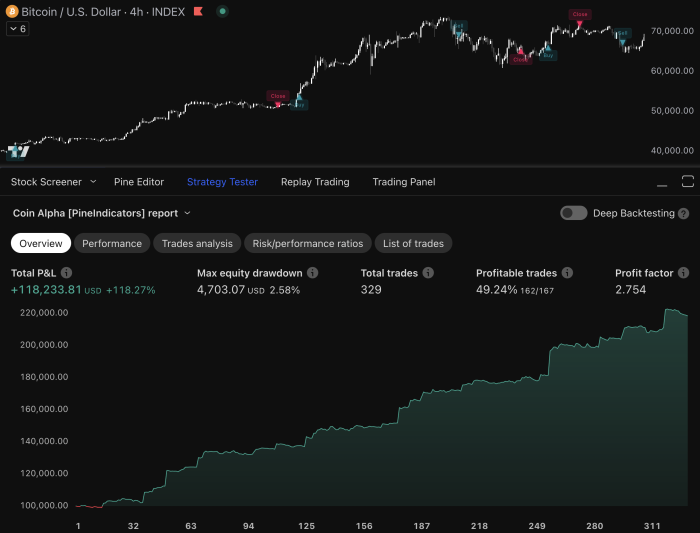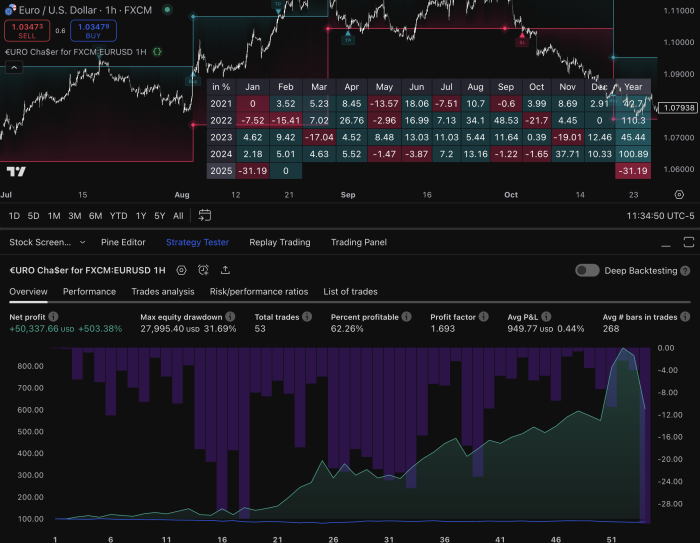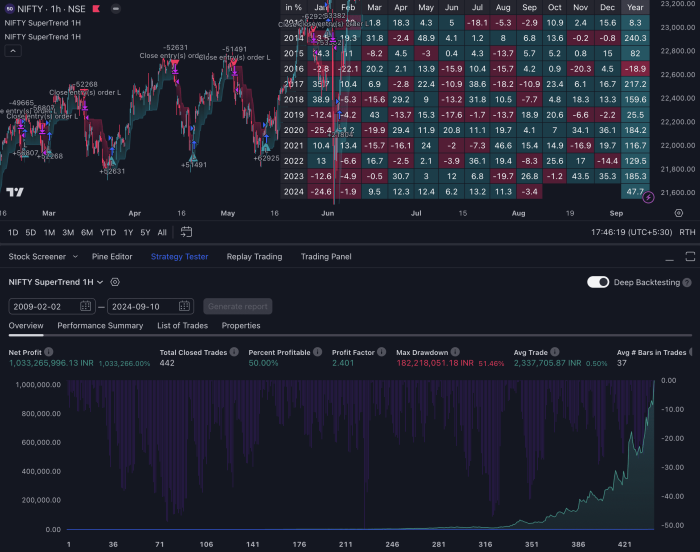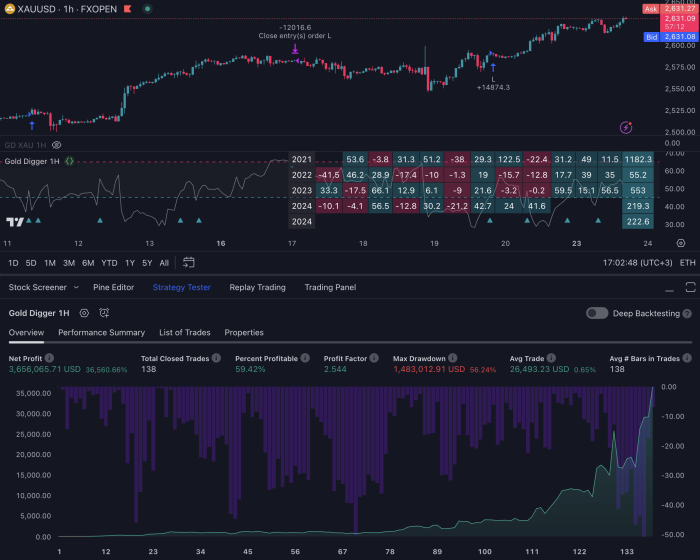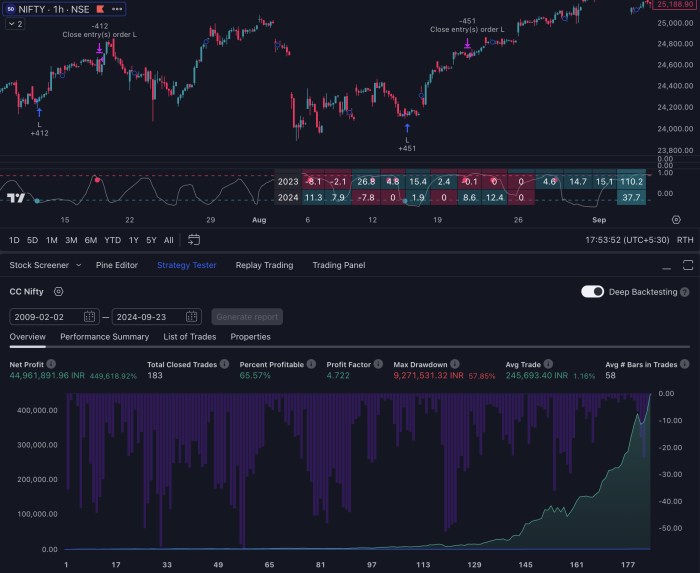Day trading is a dynamic and fast-paced approach to buying and selling financial instruments within the same trading day. Unlike traditional investing, which often involves holding assets for extended periods, day trading capitalizes on short-term price movements. Traders typically execute multiple trades throughout the day, aiming to profit from small fluctuations in stock prices, currencies, or commodities.
This method requires a keen understanding of market mechanics, as well as a solid grasp of the instruments being traded. At its core, day trading relies on the principle of liquidity, which refers to how easily an asset can be bought or sold without causing a significant impact on its price. High liquidity is essential for day traders, as it allows them to enter and exit positions swiftly.
Stocks with high trading volumes are often favored, as they provide the necessary conditions for executing trades quickly. Additionally, day traders must be aware of market hours and the specific characteristics of the markets they are engaging with, as different markets can exhibit varying levels of volatility and liquidity throughout the day.
Key Takeaways
- Day trading involves buying and selling financial instruments within the same trading day to capitalize on short-term price movements.
- A solid trading plan includes clear entry and exit strategies, risk management rules, and a defined set of trading rules.
- Profitable trading setups can be identified through technical analysis, such as chart patterns, indicators, and price action signals.
- Managing risk and protecting capital is crucial for day traders to avoid significant losses and preserve their trading account.
- Utilizing technical analysis can help day traders identify better entry and exit points for their trades, increasing the probability of success.
Developing a Solid Trading Plan
Setting Clear Objectives
Establishing clear objectives is crucial; these may include daily profit targets, maximum loss limits, and the number of trades to be executed in a given period. By defining these parameters, traders can maintain focus and avoid impulsive decisions driven by emotions.
Choosing the Right Strategy
Moreover, a comprehensive trading plan should incorporate various strategies that align with the trader’s risk tolerance and market understanding. For instance, some traders may prefer momentum trading, where they capitalize on stocks that are moving significantly in one direction, while others might adopt a reversal strategy, looking for opportunities to trade against prevailing trends.
Backtesting and Refining Strategies
Regardless of the chosen approach, it is vital to backtest strategies using historical data to assess their effectiveness before deploying them in live markets. This process not only builds confidence but also helps traders refine their methods based on empirical evidence.
Identifying Profitable Trading Setups

Identifying profitable trading setups is an essential skill for day traders. A trading setup refers to a specific market condition or pattern that signals a potential opportunity for profit. Successful traders often rely on technical indicators, chart patterns, and market news to pinpoint these setups.
For example, a common setup is the breakout pattern, where a stock price breaks above a defined resistance level with increased volume, suggesting that it may continue to rise. Another effective method for identifying setups is through the use of candlestick patterns. These patterns can provide insights into market sentiment and potential reversals.
For instance, a bullish engulfing pattern may indicate that buyers are gaining control after a downtrend, prompting traders to consider entering long positions. Additionally, keeping an eye on economic news releases can also help traders identify setups; for example, if a company reports better-than-expected earnings, it may lead to increased buying interest in its stock.
Managing Risk and Protecting Capital
| Metrics | Value |
|---|---|
| Volatility | 12% |
| Maximum Drawdown | 8% |
| Sharpe Ratio | 1.2 |
| Value at Risk (VaR) | 5% |
Risk management is paramount in day trading, as it directly impacts a trader’s ability to sustain long-term profitability. One of the fundamental principles of risk management is determining how much capital to risk on each trade. Many successful traders adhere to the rule of risking no more than 1% or 2% of their total trading capital on any single trade.
This approach ensures that even a series of losses will not significantly deplete their account balance. In addition to position sizing, implementing stop-loss orders is another critical component of risk management. A stop-loss order automatically sells a security when it reaches a predetermined price level, thereby limiting potential losses.
For instance, if a trader buys shares at $50 and sets a stop-loss at $48, they will exit the position if the price declines to that level. This strategy not only protects capital but also helps traders maintain emotional discipline by removing the need for constant monitoring of positions.
Utilizing Technical Analysis for Better Entry and Exit Points
Technical analysis is an indispensable tool for day traders seeking to optimize their entry and exit points. This analytical method involves studying historical price movements and volume data to forecast future price behavior. Traders often employ various technical indicators such as moving averages, Relative Strength Index (RSI), and Bollinger Bands to identify trends and potential reversal points.
For example, moving averages can help smooth out price data and identify trends over specific periods. A common strategy involves using two moving averages—a short-term and a long-term average—to generate buy or sell signals when they cross each other. Similarly, the RSI can indicate whether an asset is overbought or oversold, providing valuable insights into potential entry points for trades.
By combining multiple indicators and chart patterns, traders can develop a more nuanced understanding of market dynamics and make informed decisions about when to enter or exit positions.
Implementing Effective Money Management Techniques

Tracking Performance Metrics
One common approach to effective money management is the use of a trading journal to track performance metrics such as win rates, average gains versus losses, and overall profitability over time.
Diversifying Trading Strategies
Additionally, diversifying trading strategies can also serve as an effective money management technique. By employing multiple strategies across different asset classes or time frames, traders can reduce their exposure to any single market event or trend. For instance, a trader might engage in both momentum trading during high volatility periods while also employing mean-reversion strategies during quieter market conditions.
Mitigating Risks
This diversification helps mitigate risks associated with relying solely on one approach.
Dealing with Emotions and Maintaining Discipline
The psychological aspect of day trading cannot be overstated; emotions such as fear and greed can significantly influence decision-making processes. Successful traders recognize the importance of maintaining discipline and adhering to their trading plans even in the face of market volatility or unexpected events.
Developing emotional resilience is essential for navigating the ups and downs inherent in day trading.
One effective strategy for managing emotions is setting predefined rules for entering and exiting trades based on objective criteria rather than emotional impulses. For example, if a trader has established that they will only enter a position when certain technical indicators align, they must resist the temptation to deviate from this plan based on gut feelings or market noise. Additionally, incorporating regular breaks during trading sessions can help clear the mind and reduce stress levels, allowing traders to approach their decisions with greater clarity.
Reviewing and Improving Trading Performance
Continuous improvement is vital for long-term success in day trading. Regularly reviewing trading performance allows traders to identify strengths and weaknesses in their strategies and decision-making processes. This review process often involves analyzing past trades to determine what worked well and what did not.
By examining factors such as entry and exit points, adherence to risk management rules, and overall profitability, traders can gain valuable insights into their performance. Moreover, setting aside time for ongoing education is essential for staying informed about market trends and evolving trading strategies.
Engaging with online communities, attending webinars, or reading books by experienced traders can provide fresh perspectives and new techniques that enhance one’s trading repertoire.
By fostering a mindset of continuous learning and adaptation, traders can refine their skills over time and increase their chances of achieving consistent profitability in the fast-paced world of day trading.
If you are interested in learning more about advanced Pine Script trading strategies for profitable trading, I recommend checking out the article here. This article provides valuable insights and techniques that can help improve your day trading strategies and increase your chances of success in the market. Additionally, you may also find the article on best practices for TradingView automation here useful in optimizing your trading process and maximizing your profits.
FAQs
What is day trading?
Day trading is a trading strategy where traders buy and sell financial instruments within the same trading day, with the goal of profiting from short-term price movements.
What are some common day trading strategies?
Some common day trading strategies include scalping, momentum trading, and range trading. Each strategy involves different techniques for identifying and capitalizing on short-term price movements.
What are the risks of day trading?
Day trading carries a high level of risk due to the volatile nature of short-term price movements. Traders can experience significant financial losses if they are not well-prepared or if the market moves against their positions.
What are some tips for successful day trading?
Some tips for successful day trading include having a well-defined trading plan, using risk management techniques, staying disciplined, and continuously learning and adapting to market conditions.
What are some common tools used in day trading?
Common tools used in day trading include technical analysis indicators, charting software, real-time market data, and trading platforms with advanced order types.
Is day trading suitable for everyone?
Day trading is not suitable for everyone, as it requires a high level of time commitment, emotional discipline, and risk tolerance. It is important for individuals to thoroughly educate themselves and consider their financial situation before engaging in day trading.

